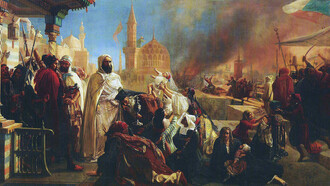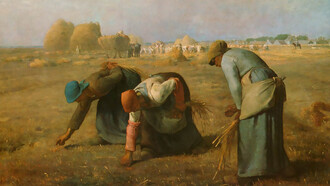How do we recognize a classic author? What are the instruments to highlight unfairly forgotten titles? We analysed these questions with Edizioni Cliquot, which – in the last few years – have managed to carry out this recherche, with unexpected and intriguing results.
I would like to start by asking you what made you chose such different book collections; what is their fil rouge?
The idea was born in 2013, after taking part in the Corso principe per redattori editoriali in Rome. I met two colleagues there and the alchemy was right, both on a human and professional level, to start the adventure. We published some e-books in 2015 and more paper one the year after. The team has changed slowly but surely and we have published about twenty titles. You are right to say our collections are all linked, as our aim is to re-discover some masterpieces from the past, which have been neglected or forgotten, we want to bring back all the editorial values of the XX century, starting from those authors who were marginalized.
You define yourselves as the publishers of ‘beautiful and lost classics’. How do one recognise a classic book and what are the ‘instruments’ you use every time you decide to publish a certain author?
Terry Eagleton, an English scholar, once wrote that the difference between a classic and a forgotten work is the way the classic has been able to be reborn and to talk to future generations of readers, while forgotten works finished their job in their era. Paradoxically, I agree and this must be the reason why we feel a connection with them when they are classics, even if nobody noticed them then, for some strange reason.
This is what we do when we decide to publish a book: we spend more time in libraries than in our offices. Going through old books, we start researches that constantly lead to other ones. We analyse historical catalogues of past publishers, we borrow and buy second hand books and we read, read and read.
Once every member of the editorial staff agrees, we need to find the heirs and agree upon copyrights. After that, we are ready to present the book to the public.
Alla conquista della Luna by Salgari is a peculiar collection of short tales. Fantastic and surreal pages. What were the challenges in illustrating it?
In the unlikely event of publishing a well-known author, we choose the less known titles, far for their classic production. In Salgari’s case, we choose the sci-fi tales. He wrote just six and we were the first to publish them together (with a long and beautiful introduction by the expert, Felice Pozzo). Alla conquista della Luna is the book that introduces our Fantastica collection, which is published both in hardcover and Deluxe versions with a limited edition of 150 copies! The illustrations by Riccardo Fabiani (our main illustrator) kept our main aim of having a vintage effect and being modern at the same time, as the link between past and present is the foundation of our editorial project.
I will not conceal my surprise for another, recently rediscovered author: Carlo H. De’ Medici. Gomòria is a wonderful novel, almost impossible to define. However, it is possible to compare its protagonist to such superb dandies as: Huysmans, Wilde and D’Annunzio. This book is also a limited edition and is illustrated by the author itself. It is compulsory to ask you if you wish to publish something else by him, also considering the difficulties in finding information about him.
Carlo H. De’ Medici is as mysterious and dark as his works, which are so full of magic and the occult. We have very little direct information about him: we don’t even know when he died… we know him through his pieces of writing, novels and tales. He was also a remarkable illustrator!
We will tell everything we know about him in the introduction of the next book we will publish, called I topi del cimitero, which was published in 1924 for the first time by the Bottega d’Arte di Trieste.
This book will be available in our two editions again and it will be ready in December 2019 for the Più Libri Più Liberi fair in Rome. Furthermore, as all limited editions, it will be possible to take part in a crowdfunding between September and October to book copies and gadgets.
I would like to ask you about your future projects, as we are avid readers of your books!
I have already mentioned two important titles, but the nearest one is out in October: La città senza cielo (ill. by Jean Malaquais. It is a very despotic and peculiar novel, reminding of 1984 – written a few years after. It has just been re-published in France with important reviews.
It is the story of a man coming back home one day and discovering the key does not enter the lock. A second after, the door is opened by an unknown family who has been living there for many years. Is he getting mad? Is he in another dimension? Is it a machination against him? We will discover it while reading…















